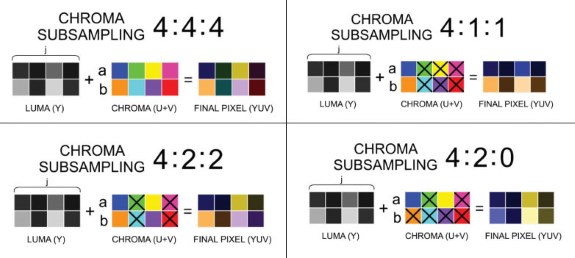Various reviews of these new panels indicate there's a noticeable drop in image quality when using the panels at 144Hz, whereas 120Hz and below look pixel perfect. TechPowerUp explains this issue is caused by the fact that DisplayPort 1.4 has a maximum bandwidth of just 26Gbps. That's just enough for 4K at 120Hz but to achieve 144Hz the display makers have to resort to 4:2:2 chroma subsampling (YCbCr). Basically, the grayscale portion of the image is transmitted at full resolution (3840 x 2160), while the color information is transmitted at half the horizontal resolution (1920 x 2160).
This is a standard industry solution in the movie industry, but it doesn't work well for text and operating system interfaces. As TechPowerUp points out, the best solution for now is to either run these screens at 4K 120Hz, or to avoid being an early adopter, and wait for future 4K 144Hz screens with HDMI 2.1 support.
Alternatively, there's also DSC (Display Stream Compression) for DisplayPort 1.4, but that feature isn't completely lossless and it's not supported by a lot of display controllers at this moment. Either way, it's no fun paying top-notch dollars for a panel that pushes out sloppy image quality at the marketed use case.
